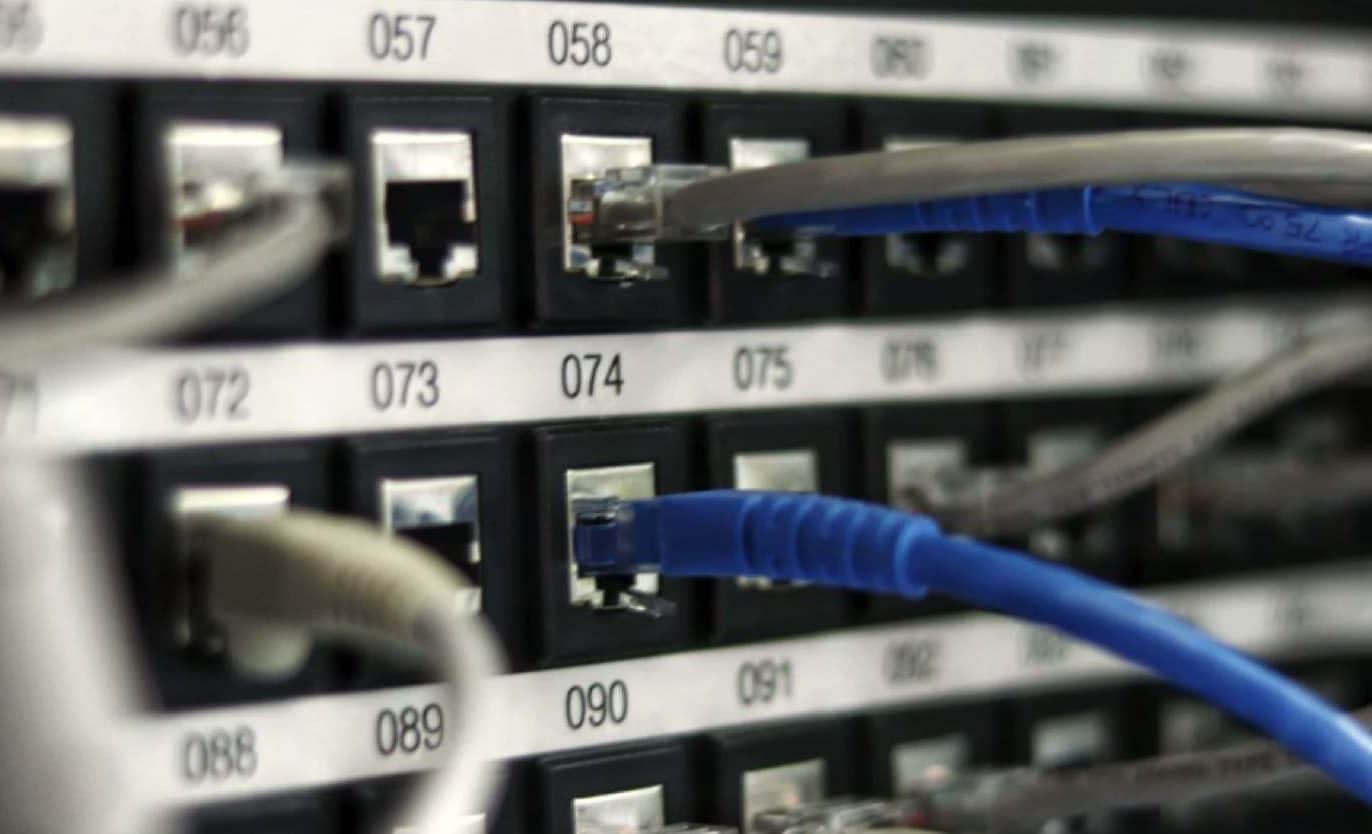Sponsored
Infrastructure security: Steps to secure your network
Learn how to secure your network infrastructure with these essential steps, protecting sensitive data and preventing unauthorized access.

Just a heads up, if you buy something through our links, we may get a small share of the sale. It’s one of the ways we keep the lights on here. Click here for more.
Tech is everything these days. It’s hard to imagine a world without technology, which has pervaded everything we do for work and leisure.
Cyber security is essential for consumers and businesses, and network infrastructure security is critical.
Network infrastructure is everything and anything that connects to an organization’s digital environment. It comprises hardware devices (think servers and hard drives), software applications, and network services.
If it pertains to an organization’s digital realm, it’s part of its network infrastructure.
The importance of maintaining robust network infrastructure security through a dedicated team of IT and security professionals with the requisite qualifications from cyber security courses cannot be stressed enough.
This article will introduce the concept of infrastructure security and provide some basic steps to secure your network. Read on to learn more about this valuable topic.
What is Network Infrastructure Security?
This is a term for protecting an organization’s underlying networking infrastructure by installing preventative measures to deny unauthorized access, deletion, theft, and modification of resources and data.
These measures include application security, access control, virtual private networks (VPN), firewalls, intrusion prevention systems, behavioral analytics, and wireless security.
How Does it Work?
Network infrastructure security requires a holistic approach to ongoing practices and processes to ensure that the underlying organizational infrastructure remains protected and secure.
When deciding what methods to implement, it is crucial to consider several different approaches. In this article, we’ll discuss some steps you can take to protect your network.
In terms of roles within organizations, a few roles play a key part in network infrastructure security.
Network architects are one of these roles, as they play a key part in designing, maintaining, and repairing network infrastructure.
Furthermore, cyber security analysts can play a major role in stress testing network security, trying to find exploits, and patching them to protect the organization’s network infrastructure.
The Benefits of Network Infrastructure Security
There are several benefits of network infrastructure security.
Network security protects sensitive company data, such as customer, financial, and employee data, from cyber attacks, hackers, and data breaches.
Network security also prevents unauthorized access to network resources and stops cyber attacks and security breaches, protecting this sensitive data.
Also, network security ensures that authorized users have secure access to the network resources they need when they need them. It can also help organizations manage network traffic more efficiently and enhance performance.

Furthermore, network security can help mitigate financial loss by reducing the risk of data breaches and ransomware attacks, which can be expensive for organizations.
It can also help organizations improve compliance with security protocols and can build a culture of cyber safety within a company.
Steps on How to Secure Your Network
Now, we will share some tips on securing your network and keeping your sensitive data and infrastructure safe and sound.
One method is to segment and segregate different networks and functions. Particular attention must be paid to the overall infrastructure layout within the business.
Proper segmentation and segregation are incredibly effective security mechanisms that limit potential intruder exploits from spreading into other parts of the internal network.
The peer-to-peer communications within a network should not be missed. Unfiltered communication between peers could allow intruders to move freely from computer to computer.
This allows attackers to establish persistence in the target network by embedding backdoors or installing applications.
You can also conduct a network risk assessment, which is part of an overall cyber risk assessment, which is a comprehensive evaluation of not just your network infrastructure but all your cyber security processes, your staff, and the various software and technology in your security stack.
This risk assessment should be conducted to understand your organization’s overall cyber risk level, based primarily on the likelihood and impact of a cyber incident on the company.
Another method is to conduct vulnerability scans. For example, vulnerable internet-facing servers can provide cyber attackers with soft targets for initial compromise and entry.

One way to mitigate this is to perform internal and external vulnerability scans frequently as a proactive way to protect your network from various known vulnerabilities. This will also help your organization gain insight into various patch management processes.
How does this work? External vulnerability scans examine your network from a threat actor’s perspective.
They scan external organizational IP addresses and domains and probe for vulnerabilities in internet external-facing infrastructure to determine which ones could be exploited.
These vulnerability scans are ideal for verifying and testing the strength of your externally facing network services. Vulnerability scans help identify weak spots in your external perimeter defenses, such as firewalls.
These scans will reveal not only your external vulnerabilities but also the list of open ports and exposed to the internet, which could potentially be exploited to gain access to your internal networks.
A Security Summary
This helpful article has introduced infrastructure network security and the steps to secure your network. We’ve covered what network security is, why it is important, and a few methods you can take to protect your company from attack.
What steps has your organization taken to strengthen its network infrastructure security? Have you implemented any of the methods we discussed, like network segmentation or vulnerability scanning? We’d love to hear about your experiences in the comment section below!
Disclosure: This is a sponsored post. However, our opinions, reviews, and other editorial content are not influenced by the sponsorship and remain objective.




































